From Cowries To Coins: A History of Value Exchange and What Comes Next
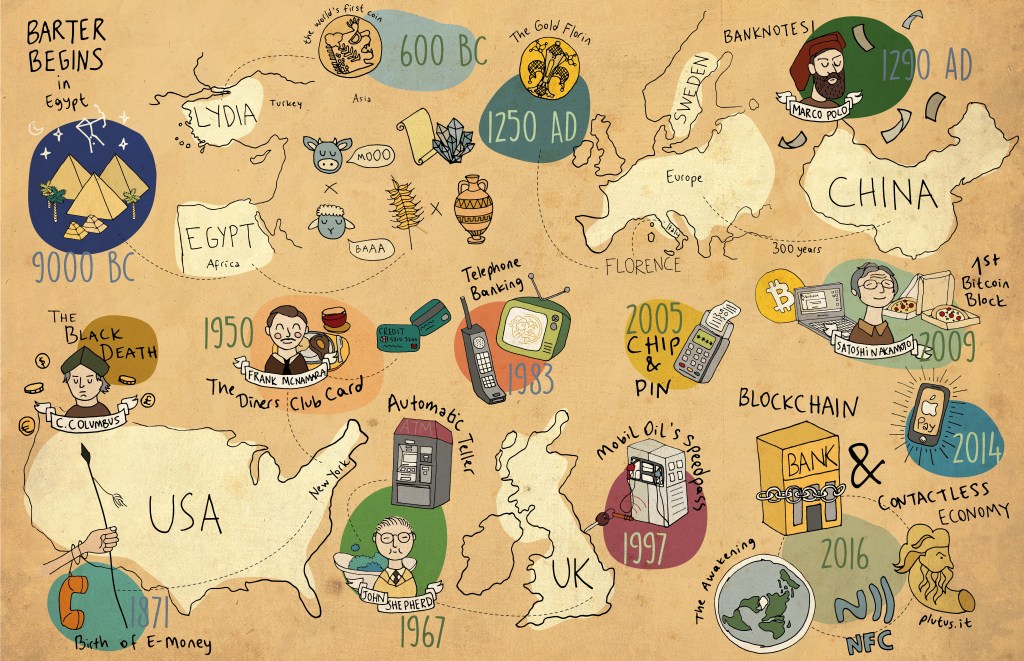
The Human Need for Value
Long before our lives were ruled by numbers, there was a simple art of exchange by which everyone was comfortable with– a handful of grain for a pot of clay, a goat for woven cloth. This rhythm of trade matched the rhythm of life itself; we gave, received, and repeated the cycle. It was the essential glue that connected communities.
At the beginning of exchange, value wasn’t about the intrinsic nature of the object, but the agreement around it. There was a quiet understanding that was passed between two people; this matters to me because it matters to you. This shared belief– a consensus– is the bedrock of all economies.
Money, in every age, has been that story of shared belief– a collective fiction strong enough to raise cities, topple kings, and now, power global algorithms. To understand where we’re headed, we have to remember this; money has always been a mirror, reflecting we, as a civilization, choose to trust, wealth included.
Echoesof Exchange (The Tangible Past)
The Age of Barter.
Before money took form or shone, people traded directly. It was a messy, but intimate dance of wants and needs. “I have what you want. You have what I need.” While it worked beautifully in small tribes, it was practically flawed for an evolving world.
The flaw was simplistic– the potter didn’t always need the farmer’s goat. Economists later called it the Double Coincidence of Wants. This was proof that mere trade couldn’t sustain the complexity of human wants. Humanity desired a smoother, more flexible language for value, something universal that everyone would accept, regardless of their immediate needs.
Nature’s Currency
The answer, as always, began with what nature offered. Salt, spices, shells, grain, even metal. Each of these became an early vessel of worth. They were chosen because of their durability, divisibility, and general scarcity. Pepper, cinnamon, nutmeg and cloves which were once as valuable as gold, were used as currency in trade agreements and even as a form of tax payments across Asia, the Middle East, Europe and Africa.
Among these, the most fascinating were the cowries: these were smooth ocean shells that traveled across empires and oceans, from West Africa to South Asia. They glimmered as symbols of beauty, power, and art and were used as a means of exchange– currency.
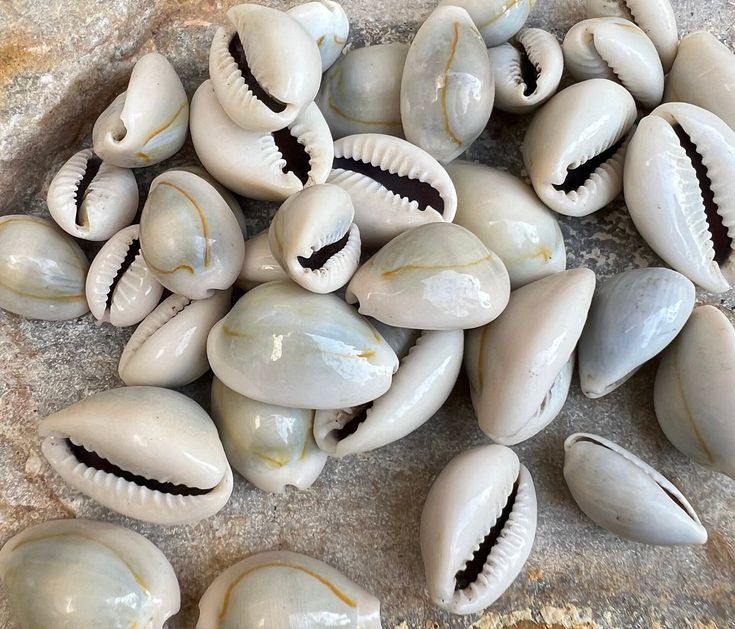
They adorned bodies in many African societies as much as they enriched them; a perfect fusion of aesthetic and economic worth. Humanity learnt something crucial; value wasn't just stored in things; it was stored in a cultural narrative about those things. This era taught humanity to store trust in the tangible.
The Brilliance of Metal.
Then metal came. Around 600 BCE, small stamped coins materialized by the efforts of the Lydians (present day Turkey). Each coin carried the face or symbol of authority. A ruler’s seal turned a mere chunk of metal into an unbreakable promise in exchange.
Trade was transformed. The coin was a legacy, acting as a standardized unit of account. They were portable, measurable, and symbolic, carrying weight far beyond their raw material.
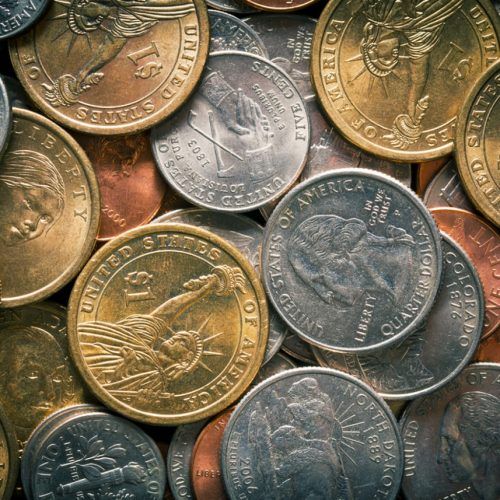
Over time, their worth shifted. The power of money became psychological: a tiny compass of faith that could move across borders, continents and time. Money had evolved from something humanity could touch to something it believed in.
The Ghost in the Machine (The Abstract Present)
The Awakening of a Promise
As the world developed, gold became too heavy and risky to transport. Paper certificates were issued by banks as promises of metal kept securely elsewhere. Eventually, those papers gained value on their own and the physical tether snapped.
Money became an idea, not a thing. A promise written on thin sheets and backed by trust in a central institution. The notes said In God We Trust, but really, humanity trusted governments, central banks, and the systems they operated to keep the illusion of its stability intact. This was the birth of fiat currency; value by decree.
The Digital Current
The 20th century pushed money even further from the physical. Humanity leaned towards checks, credit cards, and instant digital transfers that turned cash into pure code. Banks leaned towards apps and fintech companies across Africa provided fast and easy-to-use systems for the transfer of value.
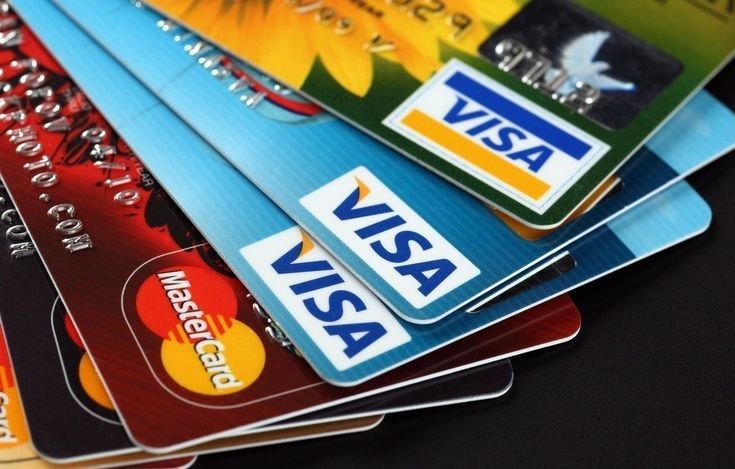
Now, money moves invisibly as flashes of data across servers, measured in milliseconds. Humanity seldom sees it, yet believes in it completely. It trusts the numbers on the screen. In chasing speed and scale, though, humanity has lost the comfort of the tangible. The faster money moves, the more it feels like an elusive commodity, managed by unseen forces.
The Illusion of Control
Behind all this sits the silent blueprint of central banks– the conductors of the global orchestra. They pride themselves in printing, tightening, loosening and regulating, constantly balancing a system built entirely on the thin veneer of shared financial faith.
Money is no longer what humanity holds in its hand; it’s what it confidently expects others to accept tomorrow. The system is a beautiful, fragile consensus, vulnerable only to a collective loss of faith.
The Quantum Leap (The Unfolding Future)

Decentralizing Trust
Introducing Blockchain– rebellion written in code. Instead of trusting a central body, humanity has now leaned towards trusting the network itself. Here, every transaction is public, verified, and immutable– a transparent, distributed ledger.
Bitcoin, the first born of this revolution, introduced digital scarcity; 21 million coins and not one more. It has redefined value not through government decree, but through pure, cryptographic consensus. This is like moving from a single bank ledger to a global village where thousands of people keep an identical, tamper-proof copy of their assets. Trust has gone peer-to-peer. Today, Africans are at the frontier of value innovation in the crypto ecosystem. The continent that once traded cowries now experiments boldly with digital coins.
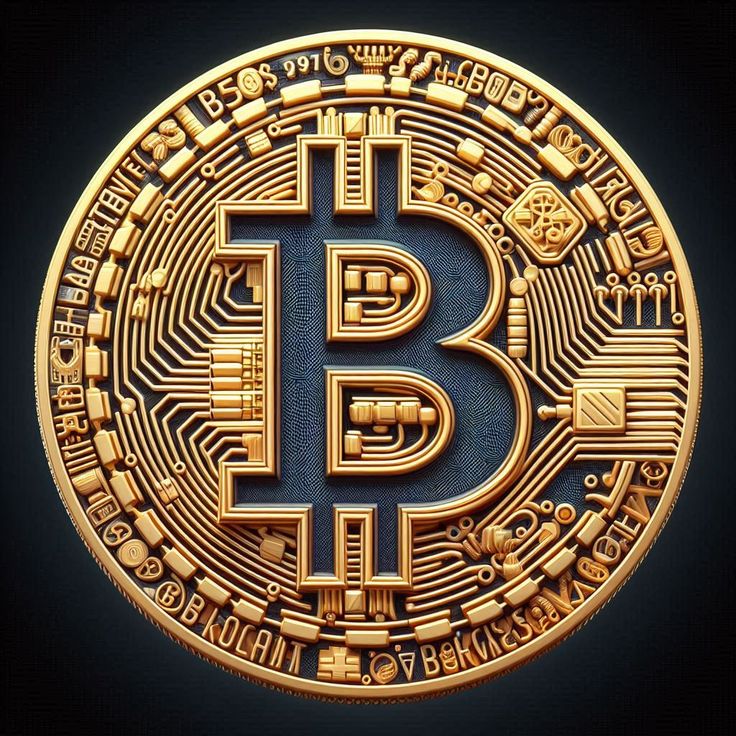
New Frontiers of Value.
However, crypto isn’t the only new frontier. The internet has quietly turned its attention, data, and creativity into currency. Now, a tweet, a song, an image– anything– can be tokenized, owned, and sold.
NFTs (Non-Fungible Tokens) have challenged the notion of ownership in a system that can copy anything instantly, proving that digital uniqueness holds verifiable value.
Meanwhile, data has become the world’s most traded resource. Every click, every second we spend online feeds an invisible economy. Now, we’re spending ourselves, not necessarily just money, making data the raw oil of the next financial age.
The Future’s Question.
So where does it all lead? To entirely programmable money that can think and act based on predetermined rules? To local currencies that reward connection and sustainability, bypassing the global abstraction? Or will the new, decentralized systems simply replace the old ones, swapping corporate gatekeepers for algorithmic ones?
The forms keep changing, but the fundamental question doesn’t: What do we agree has worth?
Coda: The Ever-Evolving Story
From cowries to coins, from paper to pixels, humanity keeps rewriting the script of what it perceives value. Money has never been just an invention. It has always been a living language, one that has evolved with our needs, our psychological fears, and our boundless mindsets.
As we step into an age of blockchain, AI, and algorithmic trust, the lesson remains simple– money isn’t what we hold; it’s what we believe together– because at its core, value is faith in motion flowing endlessly through the grand, ongoing story of us collectively.
Recommended Articles
Elon Musk Drops 'True Currency' Bombshell on Bitcoin!
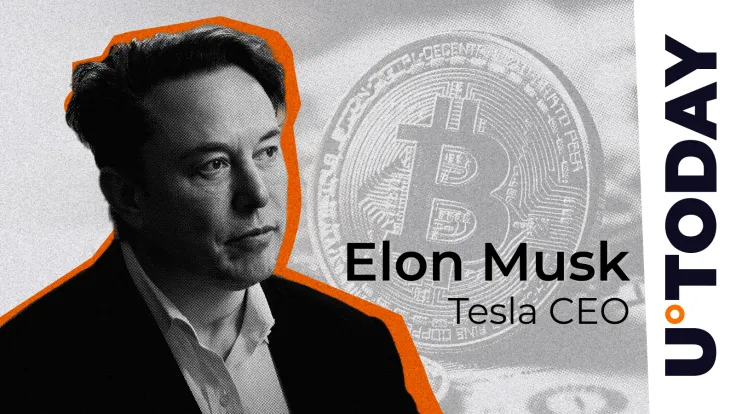
Elon Musk has recently voiced his views on Bitcoin, calling it a "physics-based currency" deeply tied to energy. He also...
Soft Life But Broke Life: The Harsh Truth For Young Africans.

Many Young Africans are spending more than they earn just to look like they are doing well, The soft life looks sweet on...
You may also like...
Arsenal Legend Thierry Henry to Receive Prestigious BBC Lifetime Achievement Award

Former Arsenal and France football legend Thierry Henry will be honored with the Lifetime Achievement award at the 2025 ...
Maresca's Emotional Rollercoaster: Chelsea Boss Claims 'Happy' After 'Worst 48 Hours'

Chelsea boss Enzo Maresca has clarified his previous 'worst 48 hours' comments, now expressing happiness and a deeper co...
Fallout Season 2 Shatters Records, Outperforming HBO's Last of Us!
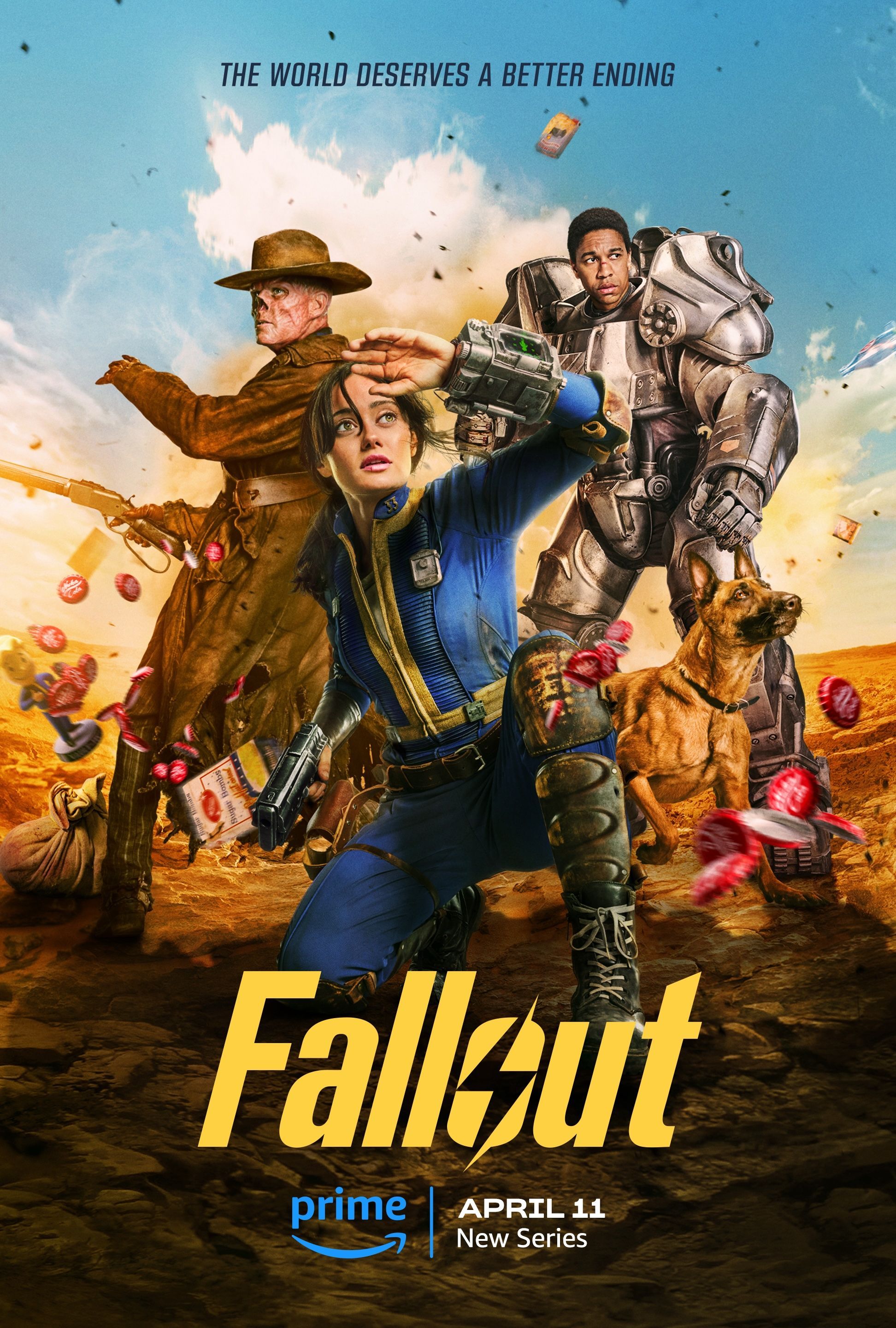
Fallout Season 2 has premiered on Prime Video to overwhelmingly positive critical and audience reception, scoring a near...
Winter Is Back! Kit Harington Hints at Massive Game of Thrones Comeback
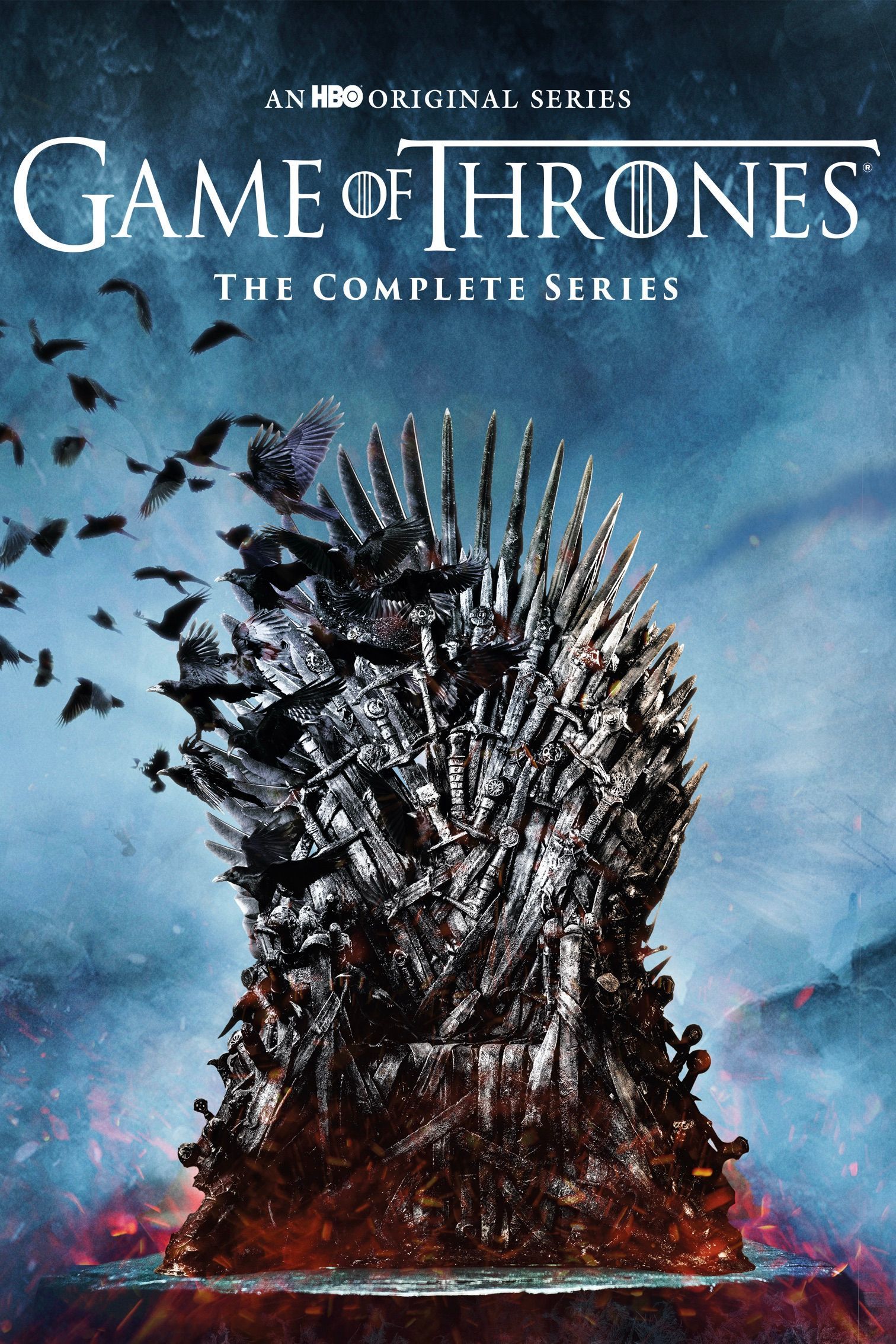
Kit Harington has definitively shut down any possibility of reprising his role as Jon Snow, stating he doesn't want to g...
Love Blossoms: Anwuli & Kennedy's Instagram Romance Leads to #HappilyEverOffor!

Anwuli and Kennedy's love story, sparked by an Instagram connection, led to a beautiful Igbo traditional wedding. After ...
Teyana Taylor & Lucien Laviscount Light Up the 'Spirit Tunnel' with Epic Dance Moves!
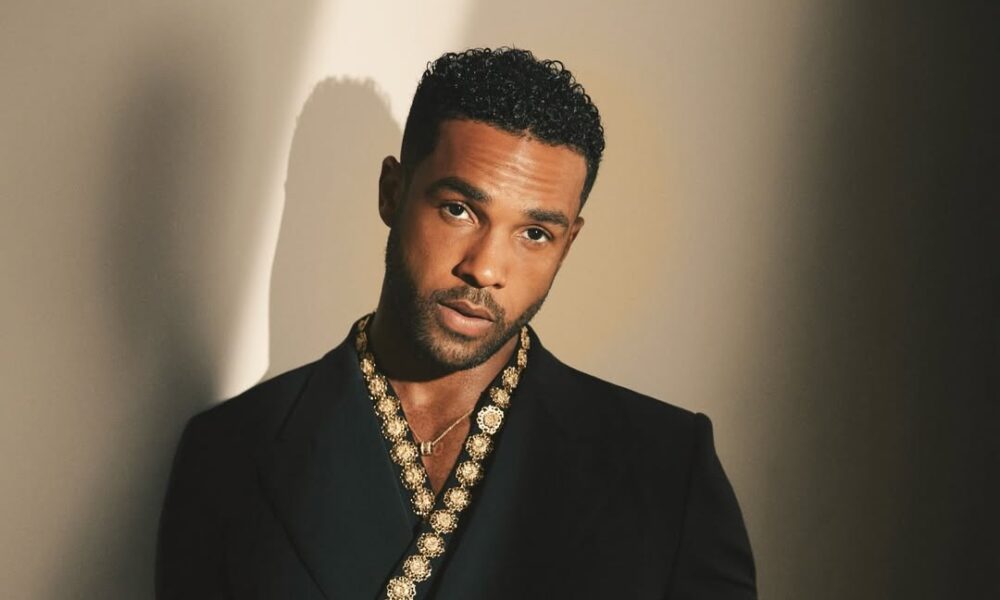
The Jennifer Hudson Show features high-energy 'Spirit Tunnel' entrances, with Lucien Laviscount making a stylish walk an...
Kenya's Billion-Shilling Travel Bill: Austerity Pledge Broken?

The Kenyan government spent nearly Sh5 billion on travel in the first three months of FY 2025/26, raising concerns about...
Shehu Sani Urges Nigerians: Shun US Travel Ban, Build Nation

The United States has enacted new travel restrictions impacting Nigerian nationals, covering both immigrant and several ...
